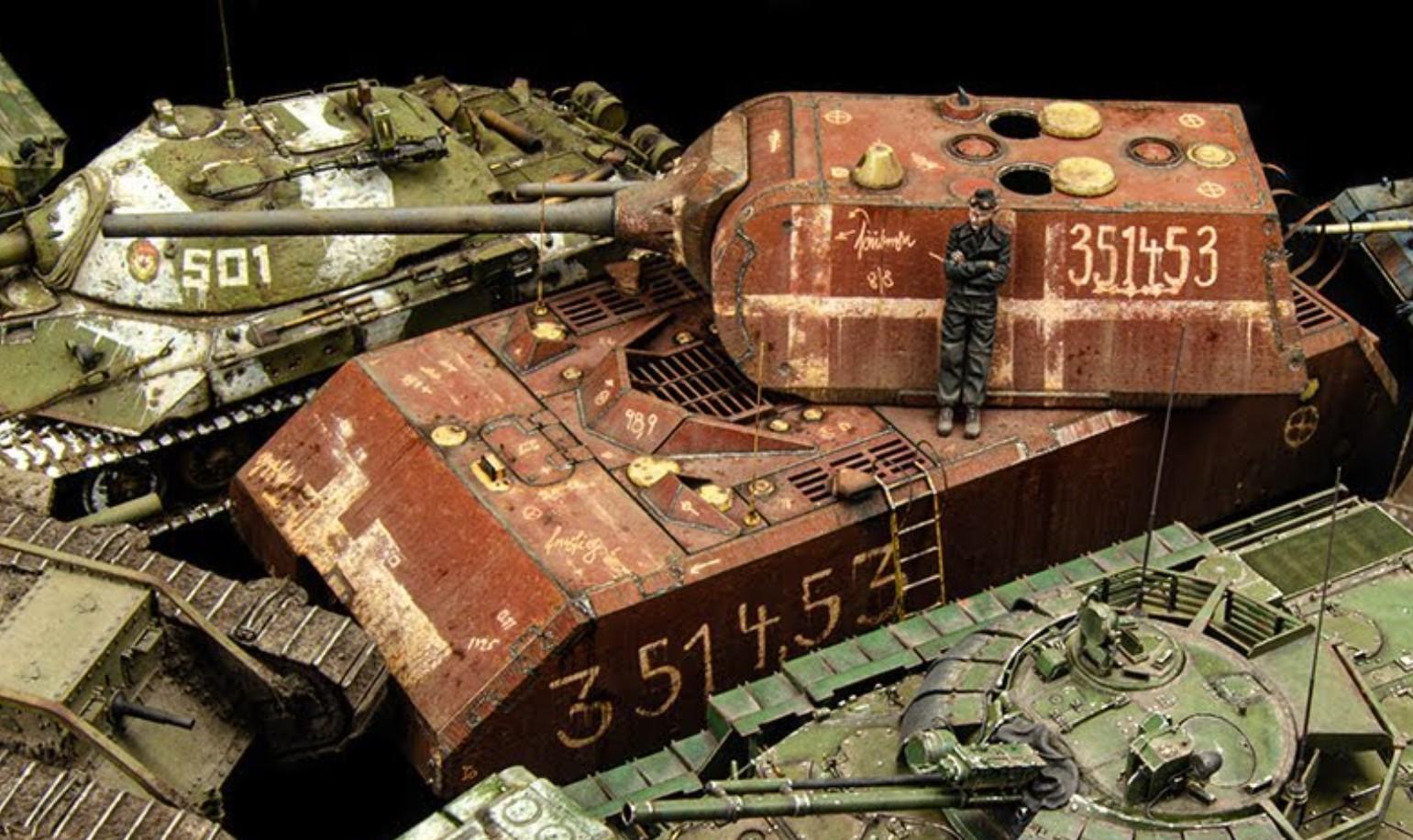Building model tanks is a rewarding hobby that requires precision, creativity, and patience. Whether you're a beginner or an experienced hobbyist, avoiding certain common mistakes will help you create a more realistic and professional-looking model. Here are some top mistakes to avoid:
1. Rushing the Process
One of the biggest mistakes modelers make is rushing the build. Model tank building is a step-by-step process that requires time and patience. Skipping steps or rushing through can lead to errors like improper fitting, uneven surfaces, and poorly detailed components. Take your time with each stage, from assembling the hull to applying final details like weathering and decals.
2. Not Properly Cleaning Parts
Plastic model kits often come with a layer of mold release agent from the manufacturing process. Failing to clean the parts can prevent glue and paint from adhering properly. Always wash the parts with mild soap and water before assembly to ensure proper adhesion.
3. Using Too Much Glue
Excess glue can ruin the clean lines of your model, damage detail, and create unsightly marks. Apply glue sparingly and precisely using a fine applicator. Liquid cement or plastic glue is often best for model tanks, as it melts the plastic slightly and forms a stronger bond.
4. Ignoring Fit and Alignment Issues
Misaligned parts can affect the overall look and function of the model. Before gluing, dry-fit the parts to check for proper alignment. Sand or trim any pieces that don’t fit together well to ensure a smooth, flush finish.
5. Painting Without Priming
Skipping the primer step can lead to uneven paint coverage, poor adhesion, and a less durable finish. Primer helps paint adhere better to the surface and reveals any imperfections in the model, such as seams or gaps, that need to be addressed before painting.
6. Not Filling Seams or Gaps
Many model tank kits have seams or small gaps where parts meet, especially along the turret or hull. Ignoring these can detract from the realism of the finished model. Use putty or filler to smooth out these imperfections before painting.
7. Poor Paint Technique
Brush strokes, uneven coats, and improper thinning of paint are common mistakes that can ruin a model's appearance. Whether you are hand-painting or airbrushing, use multiple thin coats rather than one thick one. Also, make sure to thin the paint appropriately for a smoother application.
8. Neglecting Weathering Techniques
Tanks are typically exposed to harsh environments, so adding weathering effects like rust, dirt, mud, and wear marks can greatly enhance realism. Many modelers skip this step or overdo it. Use subtle layers of washes, dry brushing, and pigments to simulate natural wear and tear.
9. Inconsistent Scale Accuracy
Sometimes, modelers mix parts from different kits or aftermarket components without considering scale consistency. Always ensure that any additional parts, decals, or figures match the scale of your tank model to maintain a uniform and realistic appearance.
10. Overlooking Decal Application
Applying decals incorrectly can result in wrinkles, bubbles, or a shiny, unrealistic finish. Make sure to use setting solutions, such as Micro Set and Micro Sol, to help decals conform to the model’s surface. Also, apply a clear gloss coat before and after decals to blend them into the paint and prevent silvering.
11. Neglecting Proper Research
Each tank has its own historical context, camouflage patterns, and markings. Failing to research the particular tank you are building can result in inaccurate color schemes or details. Invest time in researching the specific model and era to get the details right, especially if you’re aiming for historical accuracy.
12. Skipping Final Sealing or Protective Coats
Once the painting and weathering are done, many modelers forget to apply a final protective coat. This helps preserve your hard work and protect it from dust and handling. A clear matte or satin varnish is typically best for military models, giving them a realistic, flat finish.
13. Not Taking Care of Tools and Workspace
Using dull hobby knives, dirty brushes, or poorly maintained airbrushes can lead to subpar results. Always keep your tools clean and in good working condition. Additionally, work in a clean, organized space to avoid losing small parts or contaminating your work with dust.
Conclusion
By avoiding these common mistakes, you can significantly improve the quality of your model tank builds. Take your time, pay attention to detail, and always strive to improve your skills with each project. Happy building!
Our Social Pages:
https://plastic-models-store.com/
https://www.facebook.com/plastic.models.store
